One of the most nutritious vegetables, packed with powerful antioxidants & vitamins
Days to Maturity: 50; 25 (baby leaves)
A very disease resistant heirloom variety, Red Russian Kale, also known as ‘Ragged Jack’, is grown as a leafy vegetable. The plant sets dense heads of frilly, oak leaf cut leaves with a red tinge and purple-red stems. The leaves are tender and sweet. After fall frosts, the sweet, nutty flavor is more pronounced and the red and green hues intensify. Kale is fabulous eaten raw and is an excellent addition to salad mixes, but it holds its texture well when cooked and can be steamed, stir fried, or roasted. Kale is considered a superfood for its nutrient rich content, having a high (first place) Aggregate Nutrient Density Index score (ANDI), or micronutrient-per-calorie density. It not only has 6 times more calcium than broccoli but also contains generous amounts of copper, manganese, and potassium as well as vitamins A, B6, C, and K.
An herbaceous biennial, typically grown as an annual, Red Russian Kale is a member of the cabbage and mustard family (Brassicaceae or Cruciferae), commonly called crucifers, brassicas, or cole crops. Red Russian Heirloom Kale can also be grown as sprouts.
Kale is easy to grow from seed, growing best in locations with full sun and organically rich, consistently moist, well-draining loams. Keep Kale well-watered and fertilized. Consider growing with companion plants nasturtium and mint as sacrificial crops. Nasturtium lures cabbage white butterflies to lay their eggs, keeping caterpillars away from kale; and mint deters flea beetles. But mint should be grown in containers because it grows aggressively and can take over a garden.
A cool-season, winter-hardy vegetable, the toughest of the cool-season crops, one of the first to be planted in the garden, kale seed can be direct sown into the garden as soon as the soil is workable in early spring, approximately 4 to 6 weeks before the last frost date. Seeds can also be started indoors 6 to 8 weeks before transplanting into the garden, early spring and fall. It needs cold temperatures to germinate and grow, withstanding light frost and temperatures below 28°F. Row covers offer added protection from heavy frost. Mulching helps to moderate soil temperature and to maintain soil moisture.
If you plan to start your seeds indoors, be sure to check out our Bio Dome Seed Starter Kit. With the Bio Dome, you can control the temperature, light, and soil mix to ensure your seeds become strong for transplant.
Details
Skip Product Specs
Genus Brassica
Species oleracea
Variety Red Russian
Item Form (P) Pkt of 100 seeds
Days to Maturity 50
Seeds Per Pack 100
Plant Height 24 in – 5 ft
Plant Width 12 in
Additional Characteristics Easy Care Plants, Edible, Heirloom, Cool Season, Variegated, Season Extenders
Foliage Color Gray, Dark Green, Light Green, Purple, Variegated, Mix, White
Harvest Season Mid Fall, Late Fall, Late Spring, Mid Spring, Early Winter, Early Spring, Late Winter, Mid Winter
Resistance Disease Resistant, Cold Hardy
Uses Beds, Cuisine, Containers, Outdoor, Winter Interest
Be the first to review “Red Russian Heirloom Kale Seeds” Cancel reply
Shipping is an additional 15-29 business days depending on location. Shipping time will be provided at checkout.
Returns
If seeds fail to leave China, we will refund your payment 100%. But if seeds fail to reach you due to customs problem on your side which we were not informed in advance, we will not be able to bear any loss, and no refund will be made.
We sell only viable plants seeds online, and test germination of our seeds from time to time. So we will not be able to refund for seeds that clients fail to germinate, unless we are convinced that it's truly problem of our seeds.
———
Please send us an email: [email protected] and be as detailed as possible while filling in the information.
After submission, We will reply to you within 24 hours. Please be patient.
———
CHARGEBACKS & DISPUTES
Please contact us by email before opening a merchant chargeback or payment dispute, as we can generally resolve the issue before that takes place. Any chargebacks and disputes disable our ability to issue refunds or credits due to funds being frozen.
———
REFUND, EXCHANGE AND RETURN
Customers have the right to request a refund/ return/ exchange within 14 days from the delivery date. Our Customer Service team will offer the best solutions for specific situations.
Related products
Kale


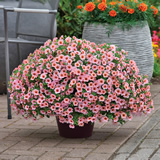
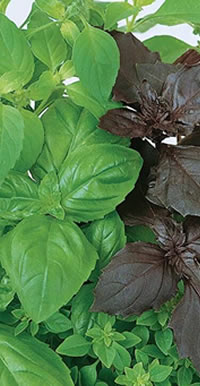
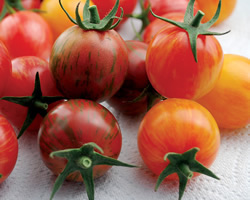
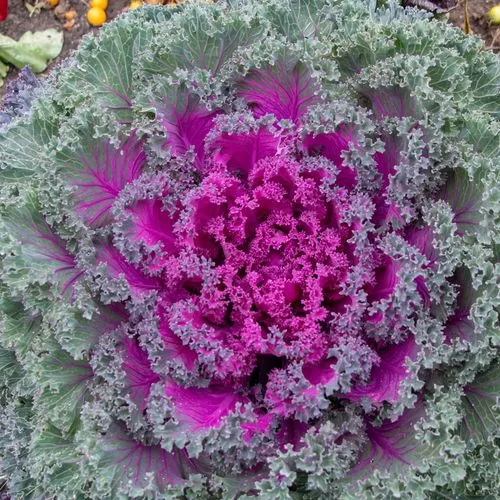
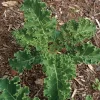
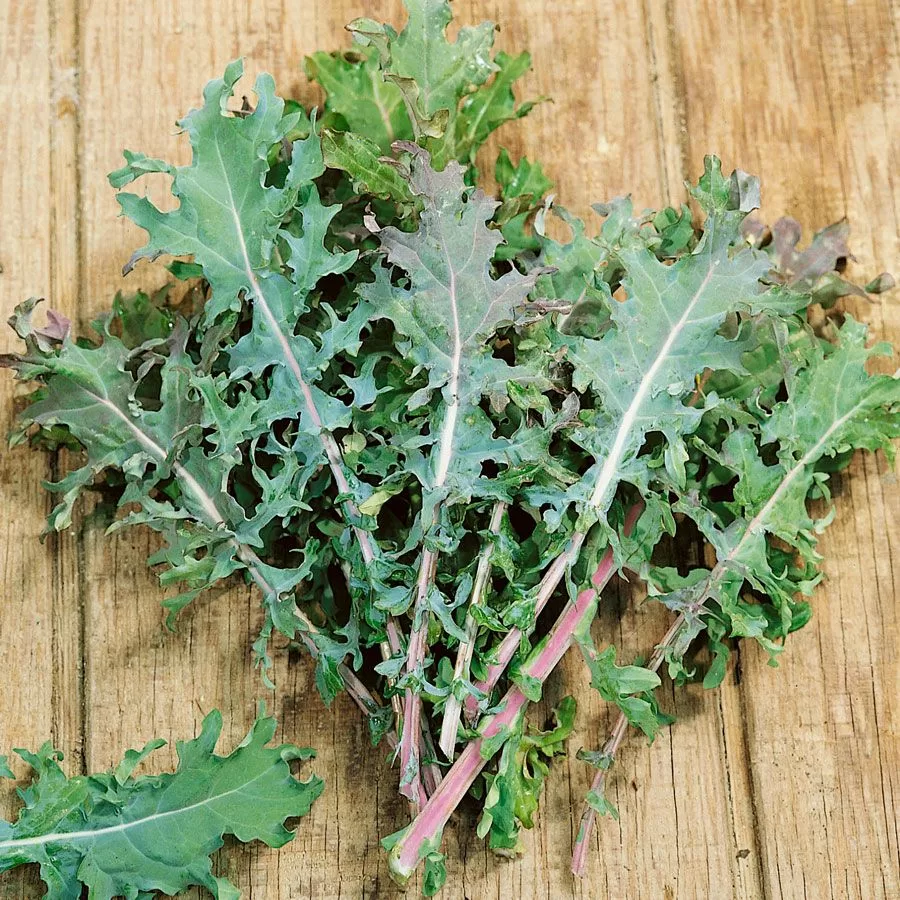
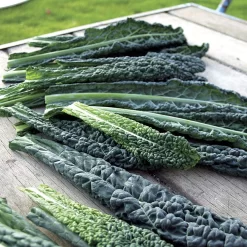
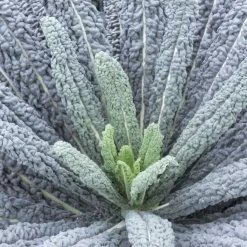
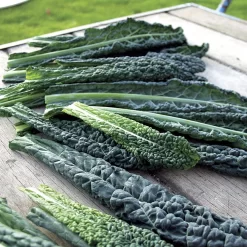
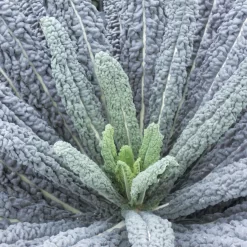
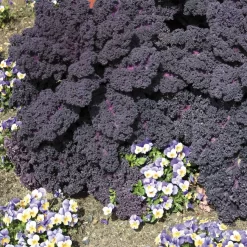
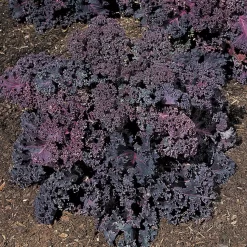
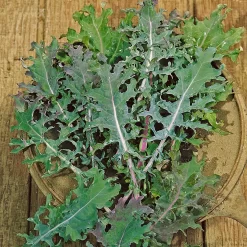
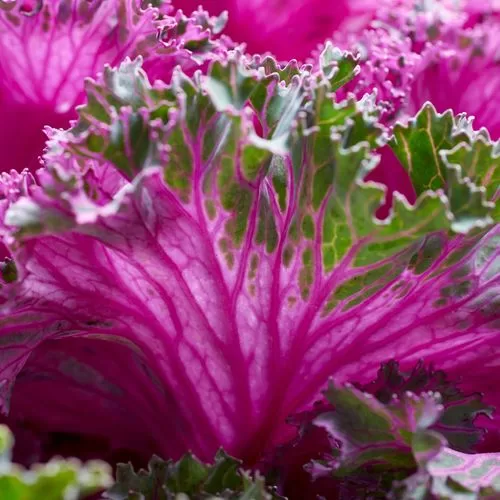
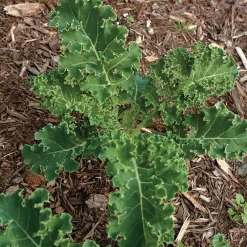
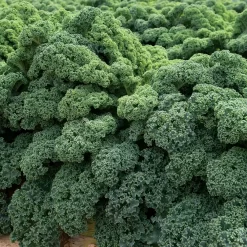
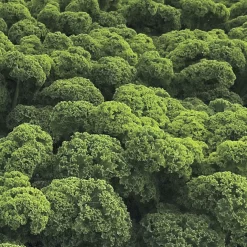
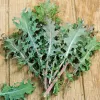
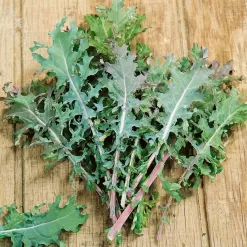
Reviews
There are no reviews yet.